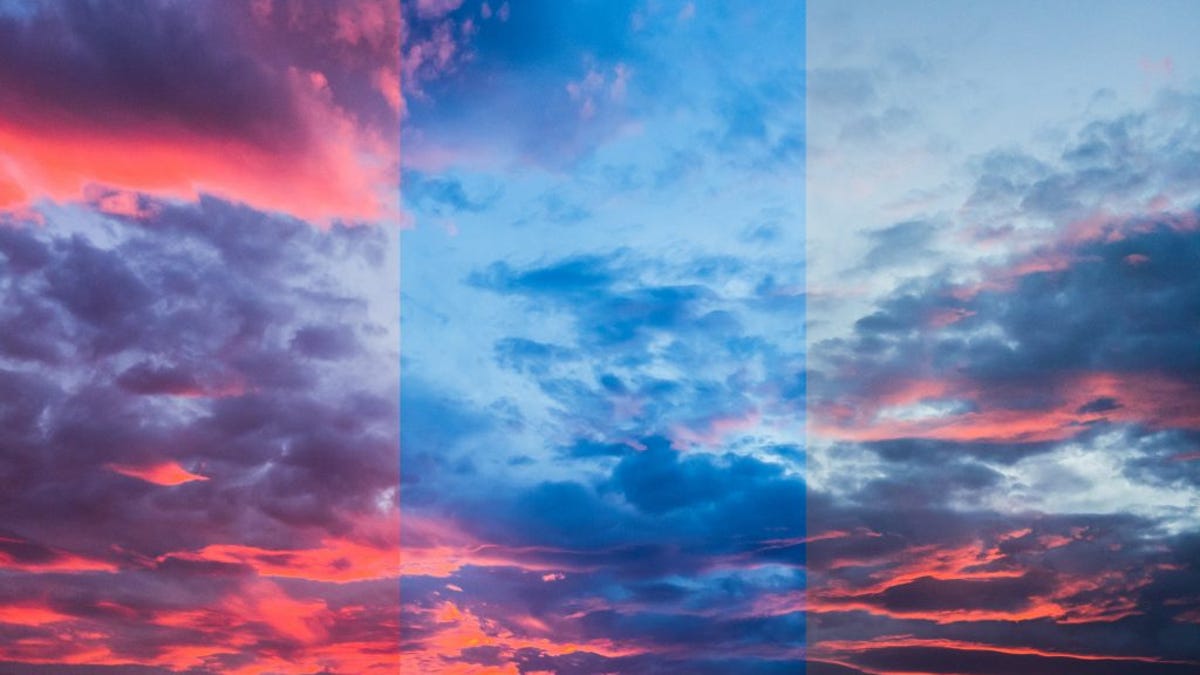iPhone photos get image quality boost with new Lightroom app
With iOS 10 on Apple's newer mobile devices, Adobe lets you tweak and enhance images even more by shooting in raw photo formats.

Good news, photographers: Adobe Systems just unlocked a new level of photo quality for those with recent iPhones and iPads.
With the release of Adobe Lightroom 2.5 for iOS on Tuesday, you'll be able to shoot photos in the raw format that many professionals like to use. Raw photos, with data taken straight from the camera's image sensor, offer more editing flexibility and image quality than traditional JPEG images.
Raw images are a bit of a pain to handle, though, since you can't just drop them on Facebook or print them out for your relatives until you've turned them into a JPEG. Software like Lightroom exists to ease that pain, though.
Why endure the hassles of shooting raw? To show a little more detail lost in photos' shadows, fix problems of overexposure or underexposure, correct the orange tones of indoor shots and the blue tones of shady shots, or pull back washed-out skies to show a bit more of the blue you remembered when you were there.
Shooting with raw photos, as in this example from Lightroom on iOS, lets you preserve more details in bright clouds compared to JPEG.
A quick snap of your pals at the party may not merit the fuss, but these days we use our phones to show off on Instagram and capture momentous events like new babies arriving in the world. Shooting raw lets you wring as much as you can out of your camera for posterity.
Apple opened the door to raw photography with Tuesday's release of iOS 10, the software that powers iPhones and iPads and competes with Google's rival Android software. Android has had raw support for nearly two years, though not all phones take advantage of it. Android and iOS both use Adobe's DNG format to store the raw data.
Not everyone will be able to shoot raw with Lightroom for iOS, though. It requires a camera with at least 12-megapixel images, which means last year's iPhone 6S and 6S Plus, the smaller iPhone SE, Apple's 9.7-inch iPad Pro, the iPhone 7 and the iPhone 7 Plus, which CNET calls "the photographer's phone."
JPEG is convenient, but here's how it can fall short. When a digital camera takes a photo, it makes its best guess about how to expose the shot properly and set the white balance so skin tones are natural instead of orange or blue. It then processes the shot accordingly, tries to reduce noise and sharpen edges, then "bake" all that into a JPEG. You can change it afterward with editing software, but the camera throws out much of the original data during the baking process.
With the raw photo, the choices are up to you.
A JPEG locks in the camera's best guess about a scene's colors, but raw photos let you change it.
It "makes it possible to create absolutely stunning photos that, until a few years ago, could only have been done with a traditional camera," said Josh Haftel, leader of Adobe's mobile Lightroom efforts, in a blog post.
Shooting raw photos isn't the only route to better photos. To try to improve image quality with ordinary JPEGs more conveniently, newer phones often combine multiple shots into one to expose highlights and shadows better, for example.
And although Lightroom itself is free for mobile devices, it costs $10 a month if you want to sync photos to Lightroom running on your PC.
The new Lightroom also supports the wide-gamut color that the 9.7-inch iPad Pro, iPhone 7 and iPhone 7 Plus can capture, Adobe said.

